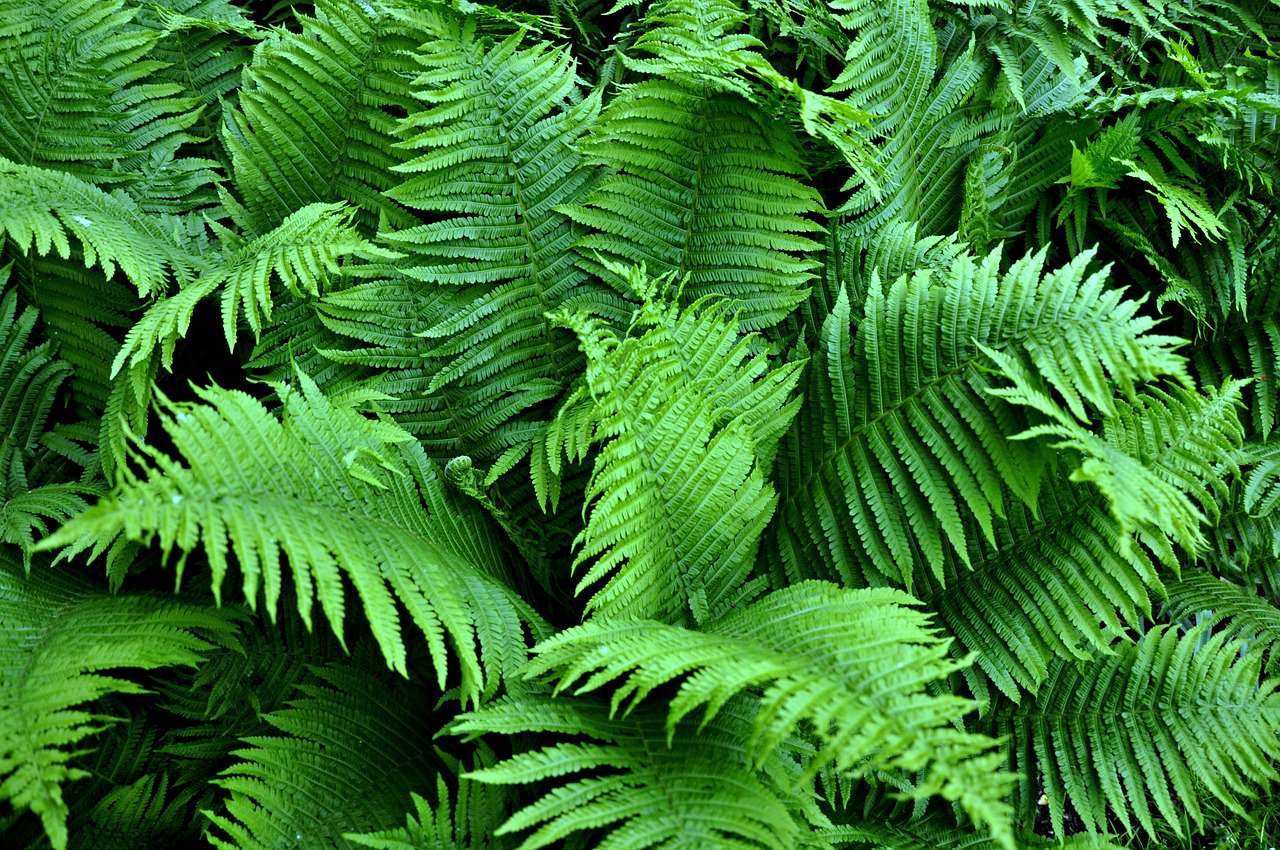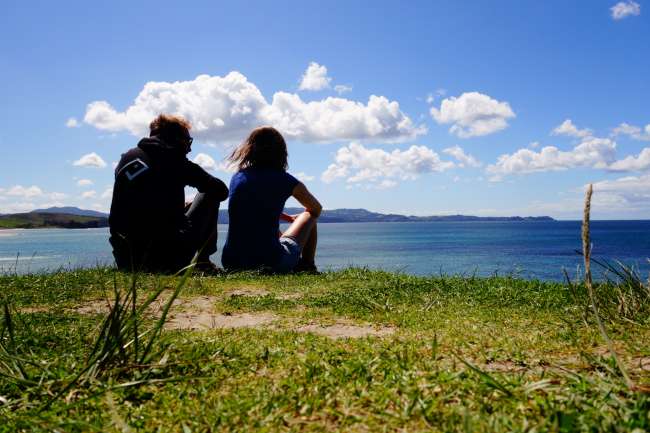North Cape of New Zealand
പ്രസിദ്ധീകരിച്ചു: 16.11.2016
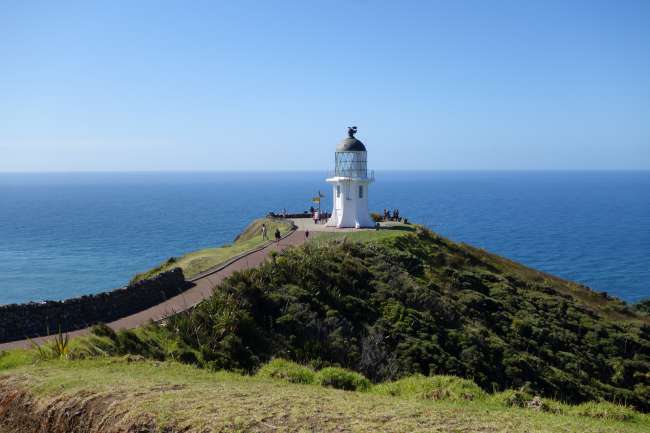
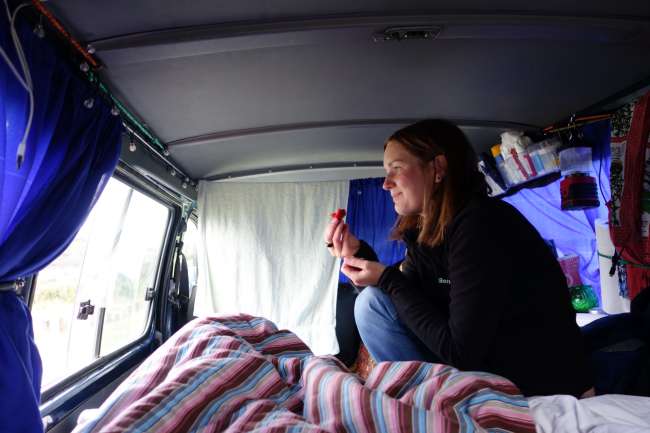
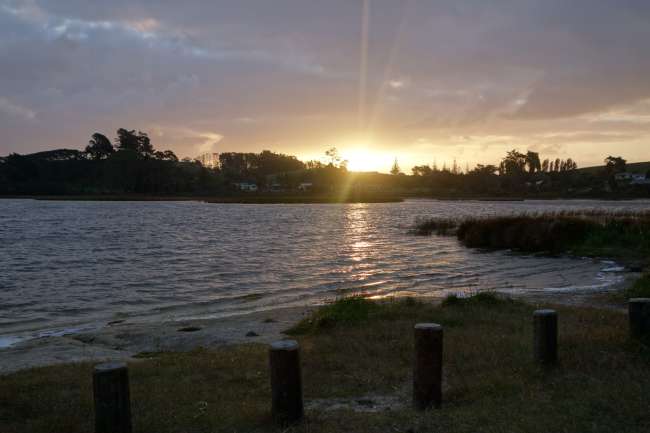
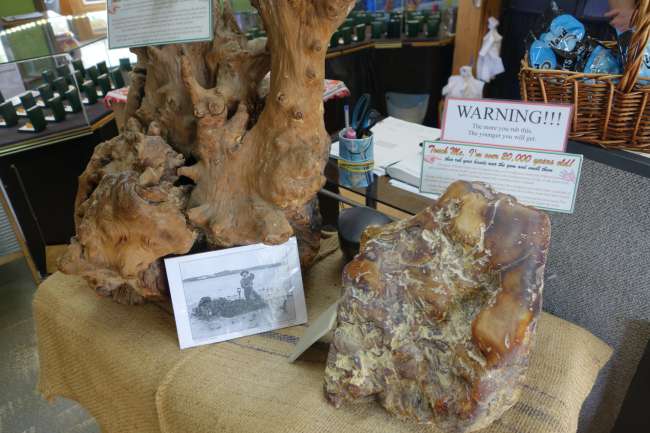
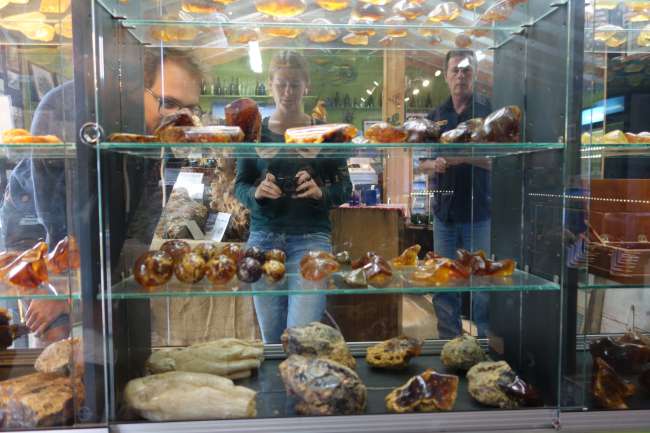
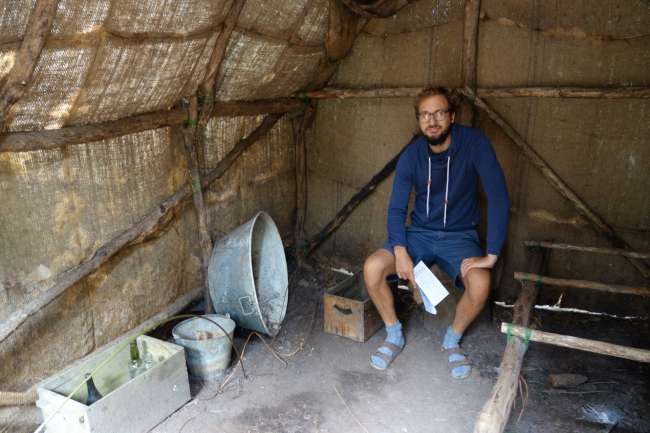
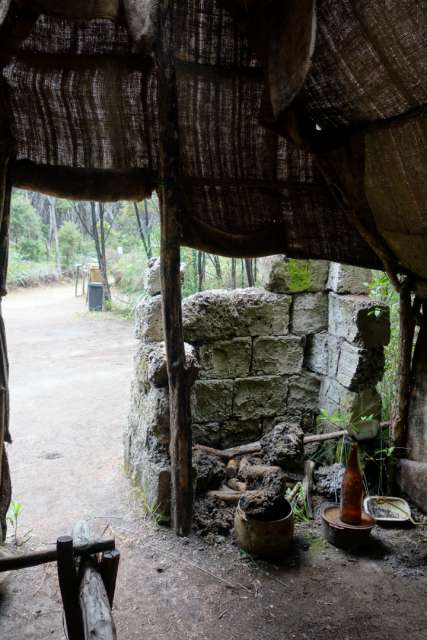
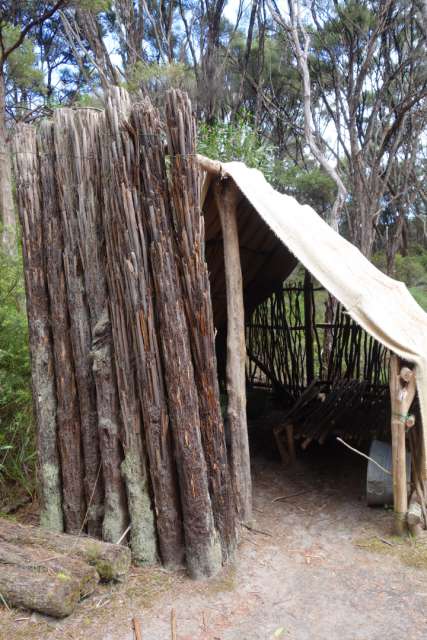
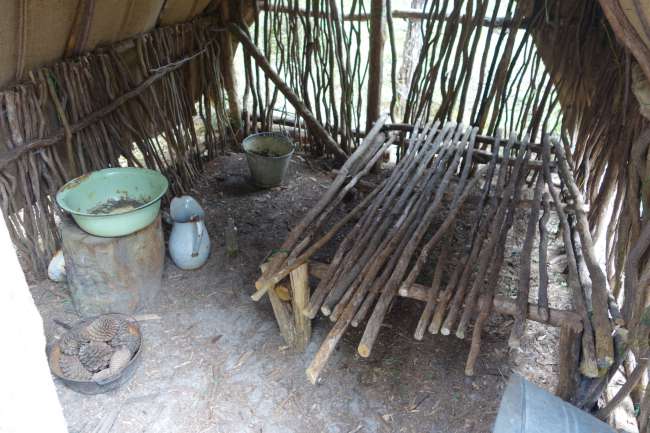
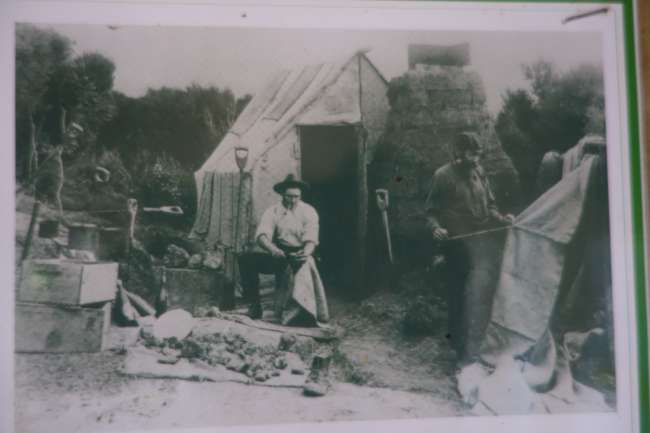
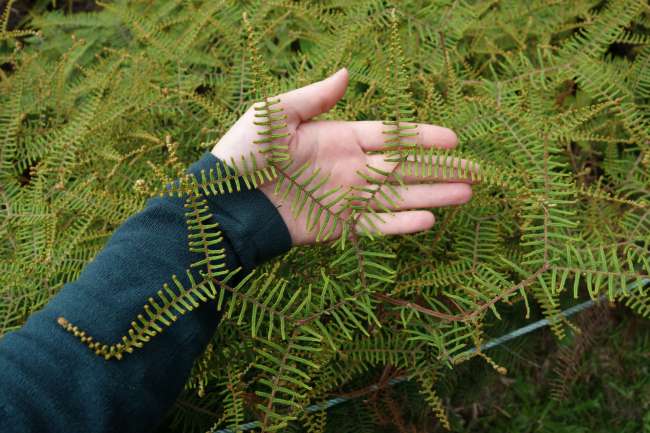
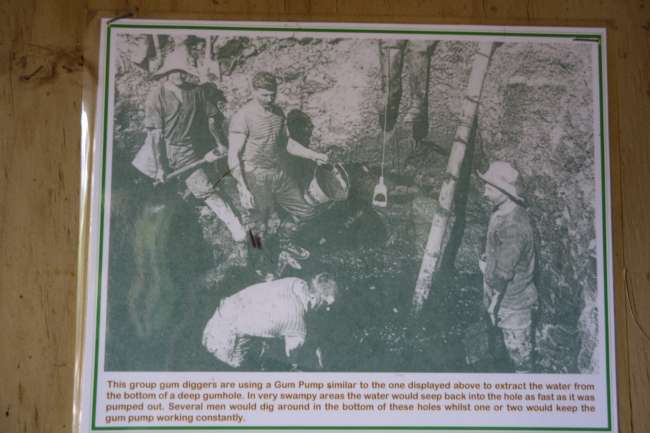
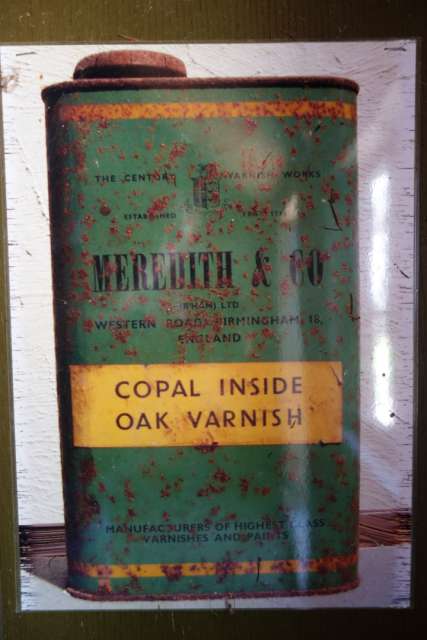
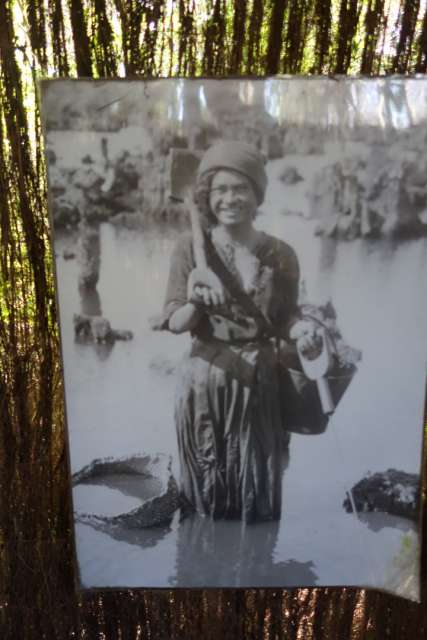
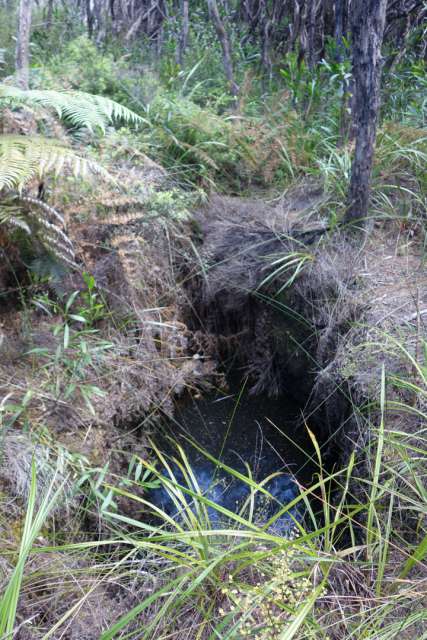
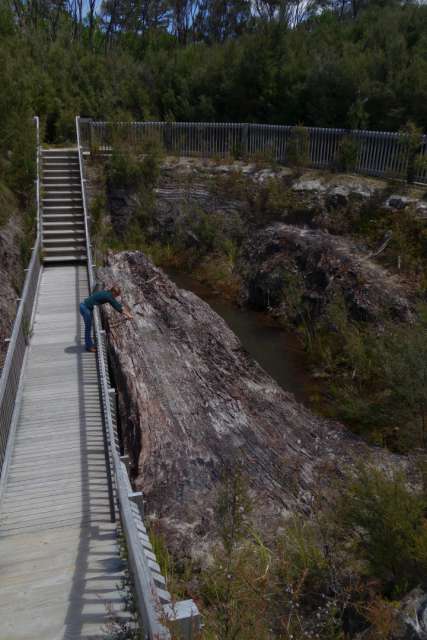
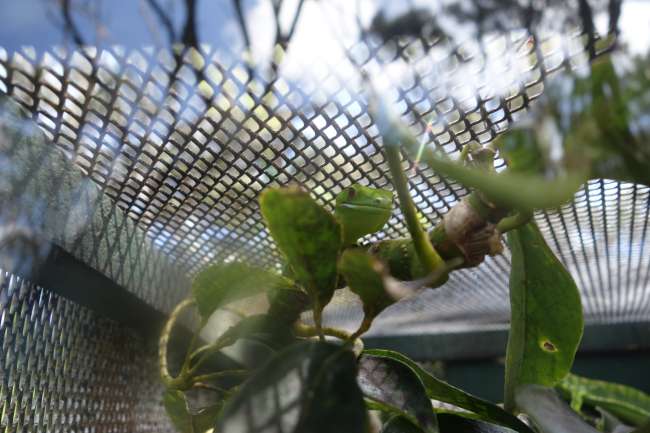
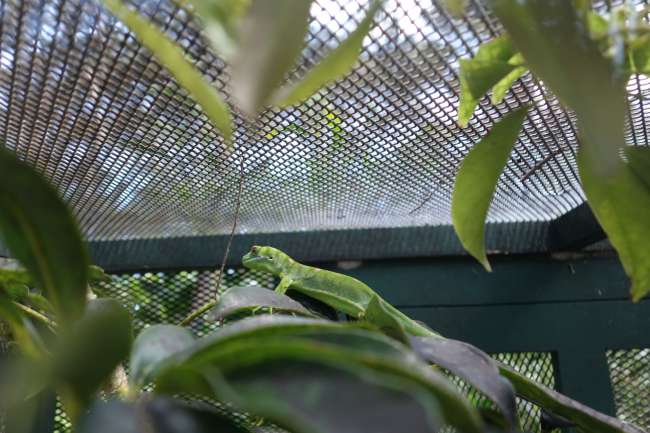
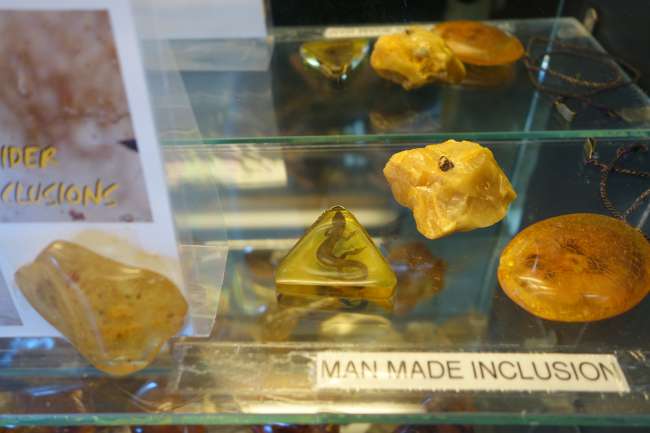
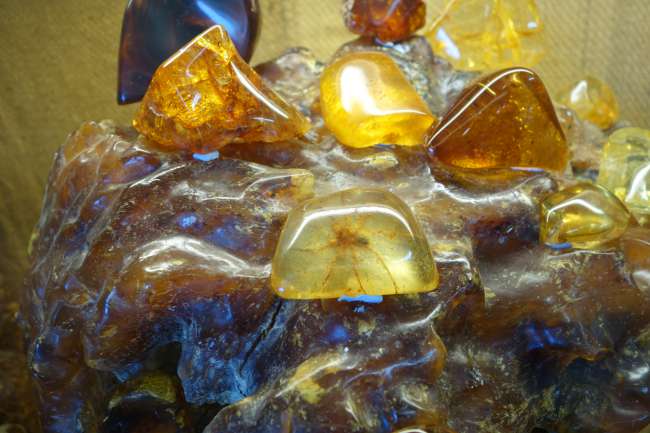
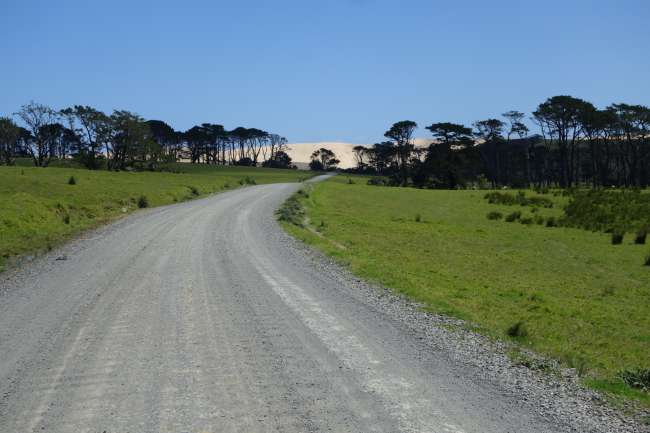
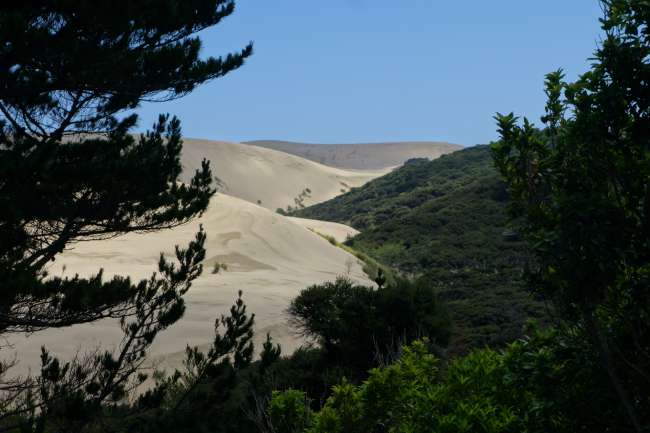
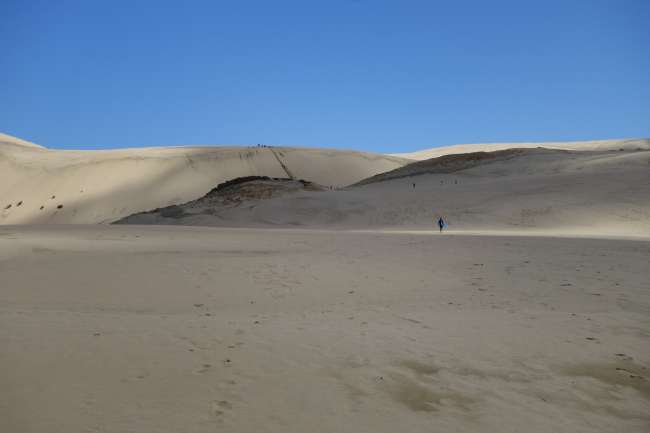
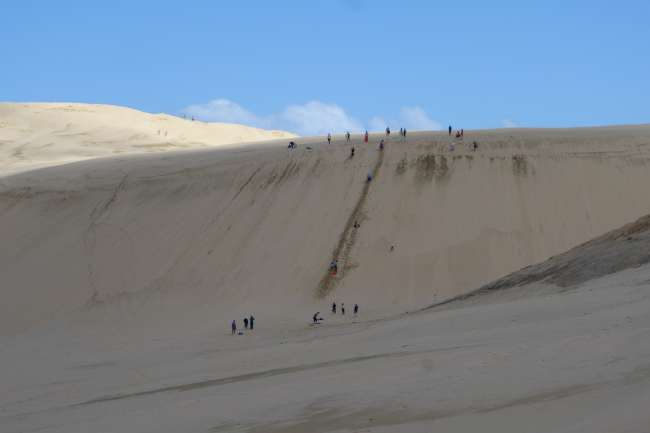
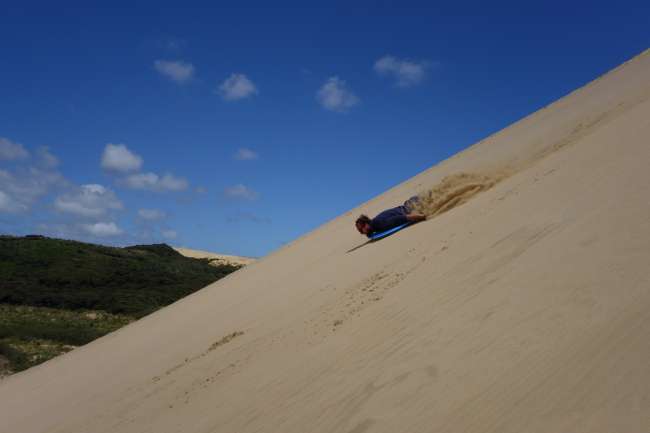
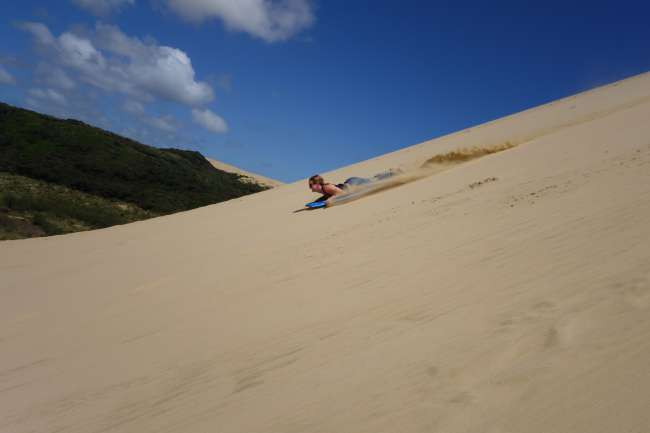
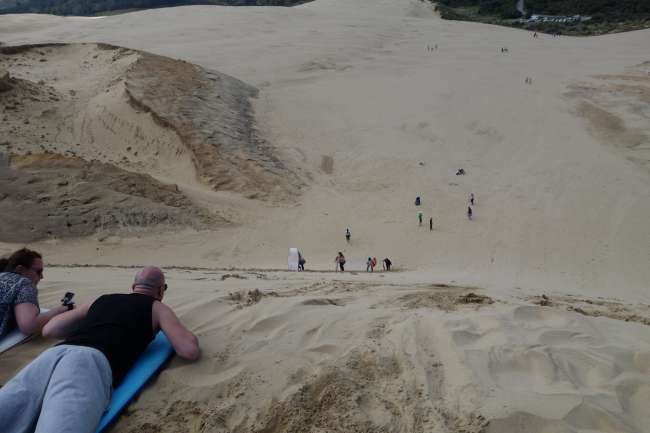
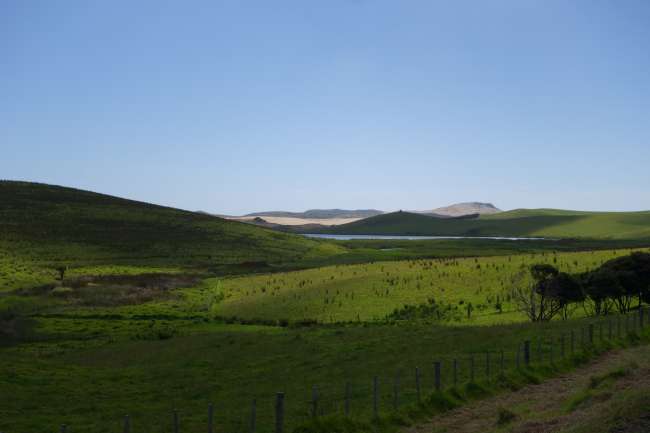
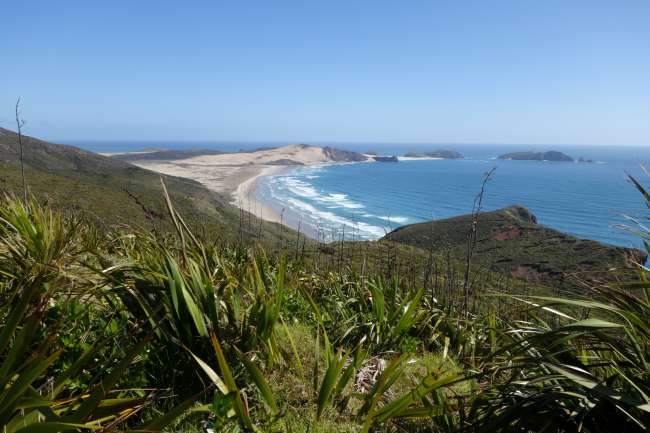
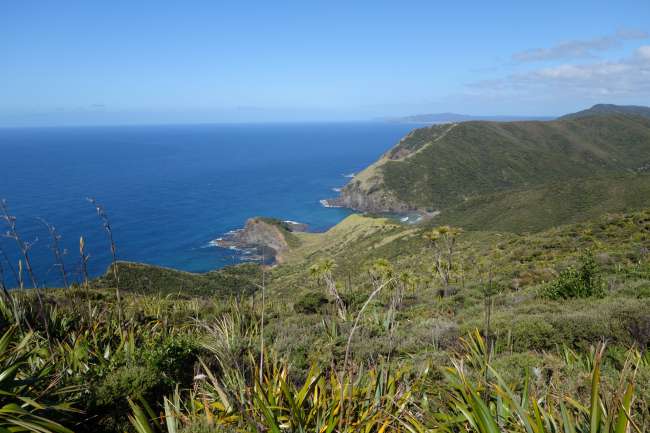
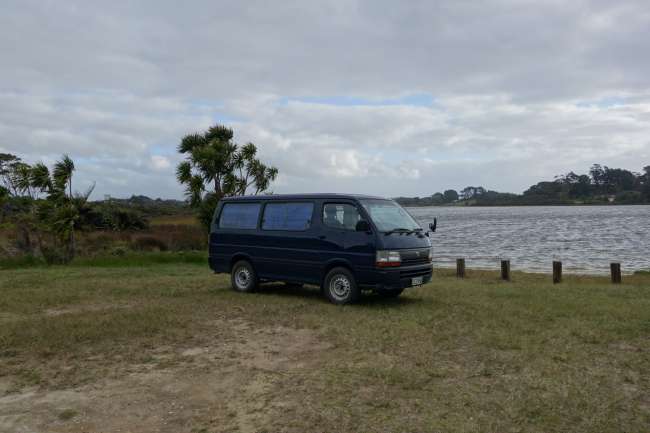
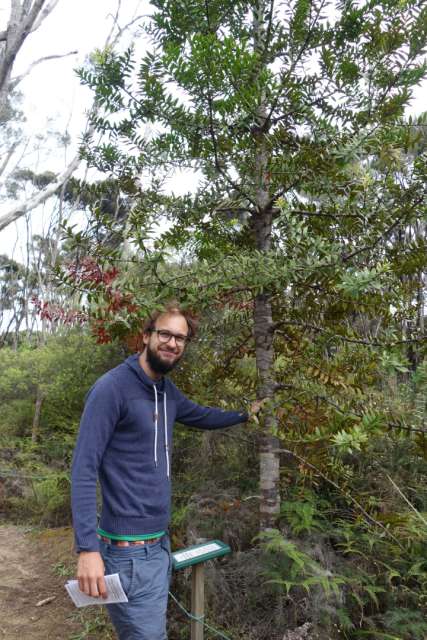
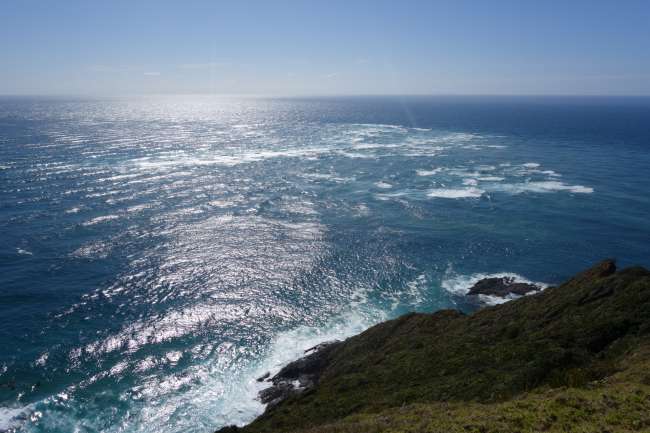
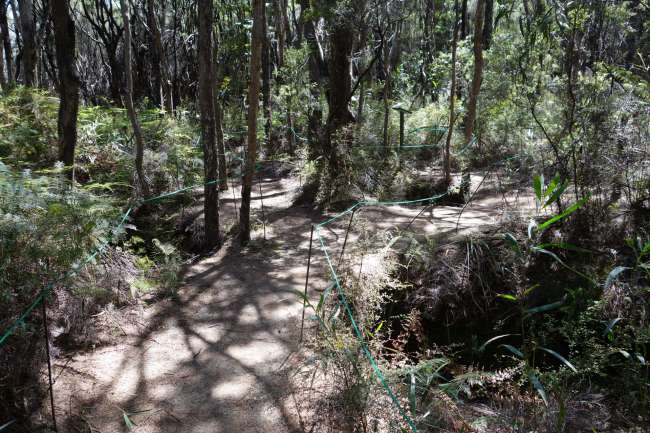
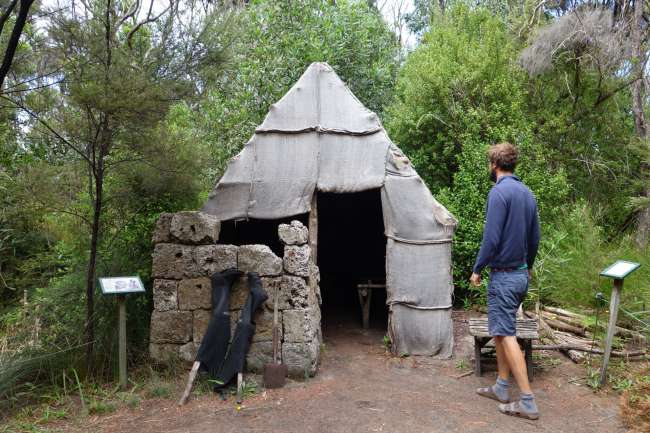
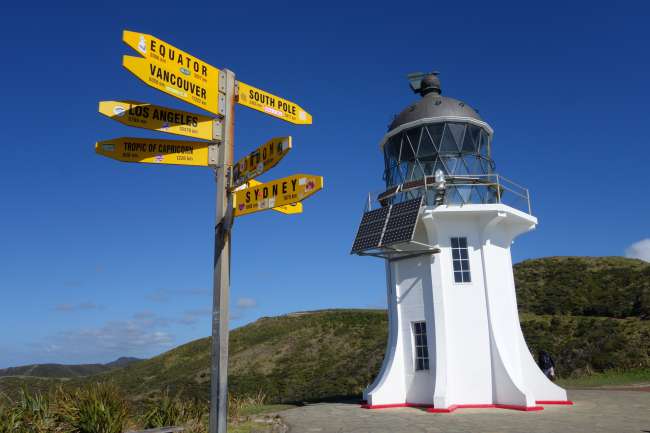
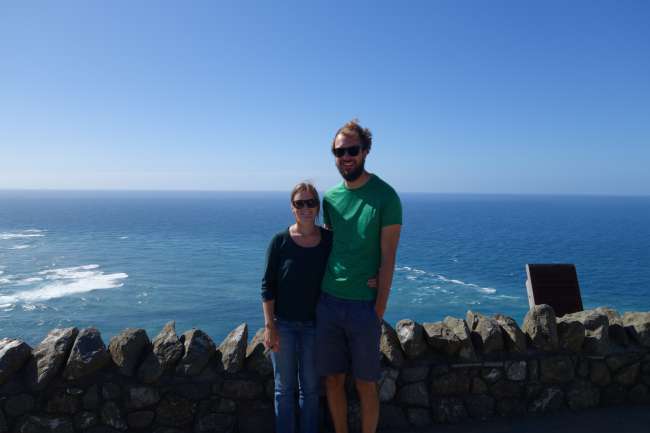
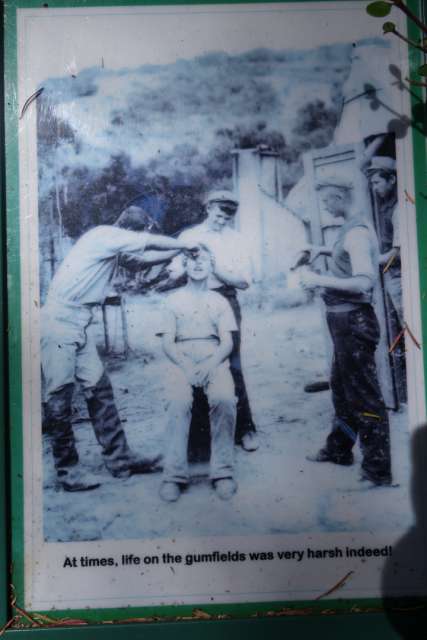
വാർത്താക്കുറിപ്പിലേക്ക് സബ്സ്ക്രൈബ് ചെയ്യുക



...and while sitting on the bed, snacking on strawberries.
That was our resting place for one night, and the next day we went to the North Cape!
But before that, we went to:
**************** Gum Diggers Park ***************
North of Kaitaia we visited the Gumdigger Park and followed the traces left by the gumdiggers over 100 years ago in the soil here.
Gumdigging ("digging for gum") was pretty much the only thing that brought money to a white settler here in the far north in the 1900s. From the 1850s to around 1960, white men (as well as Maori) brought quite a bit of the 'gum' of the Kauri trees to light, which lay in the earth as a treasure for 40,000 to 150,000 years. Repeated natural disasters (perhaps tsunamis or hurricanes, as researchers estimate) apparently caused the Kauri forests that were growing here at the time to suddenly collapse. Because of the conditions here, the wood was preserved in the swamp in such a way that after 150,000 years, it has still not petrified, but lies in the ground as still intact wood. In the lower photos you can see a piece of intact wood (older than 100,000 years) and the 'gum' of the Kauri trees, which is nothing more than tree resin / amber, which is displayed here in different forms in the souvenir shop of the park:


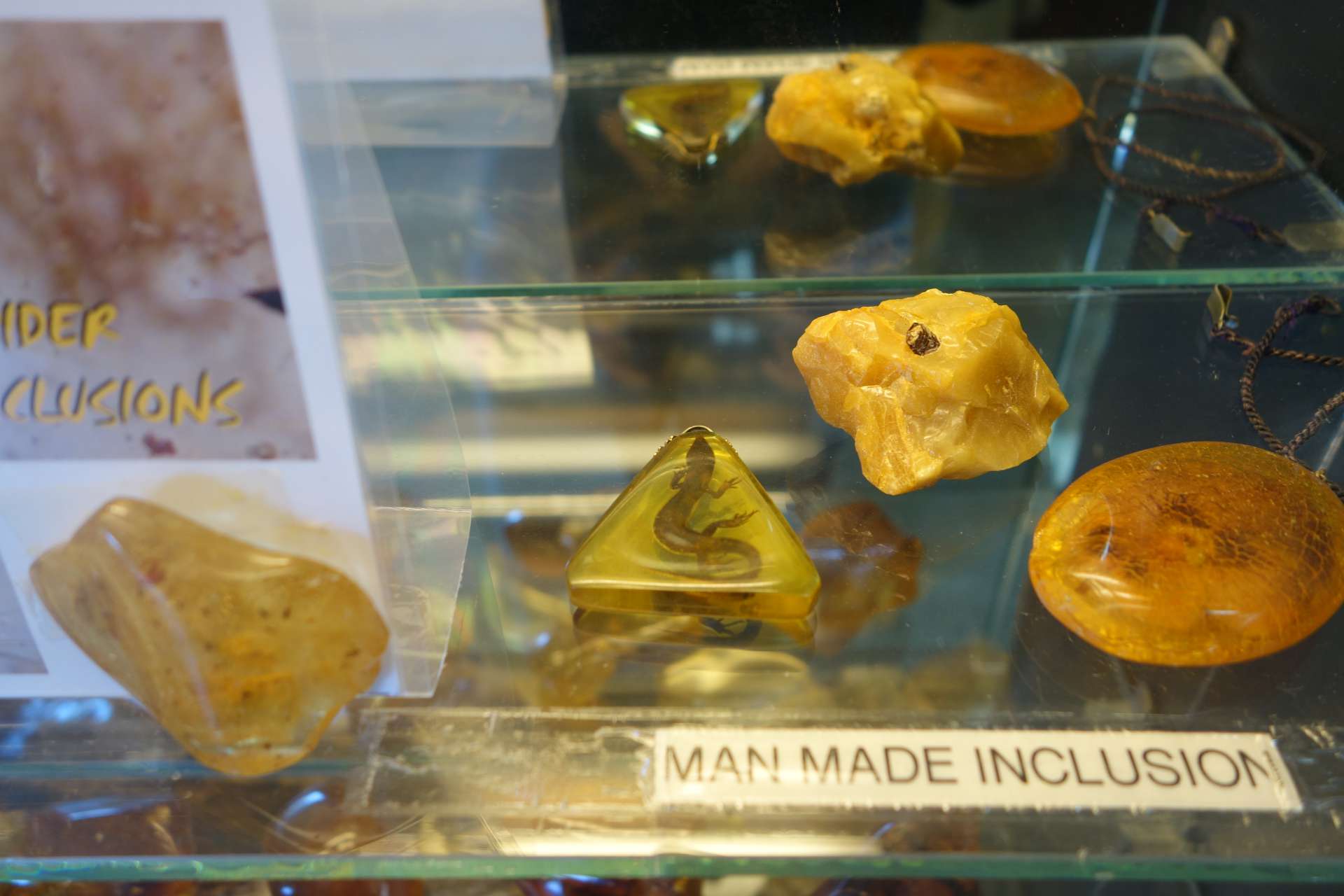

Behind the souvenir shop the path starts through a large field, on which men dedicated themselves to the hard work of gumdigging 100 years ago. The path takes us past information signs and holes in the ground that the workers left behind on their search for Kauri amber:

You can also see the huts where the gumdiggers lived, along with a fireplace, beds, pots, and some equipment for gum processing...



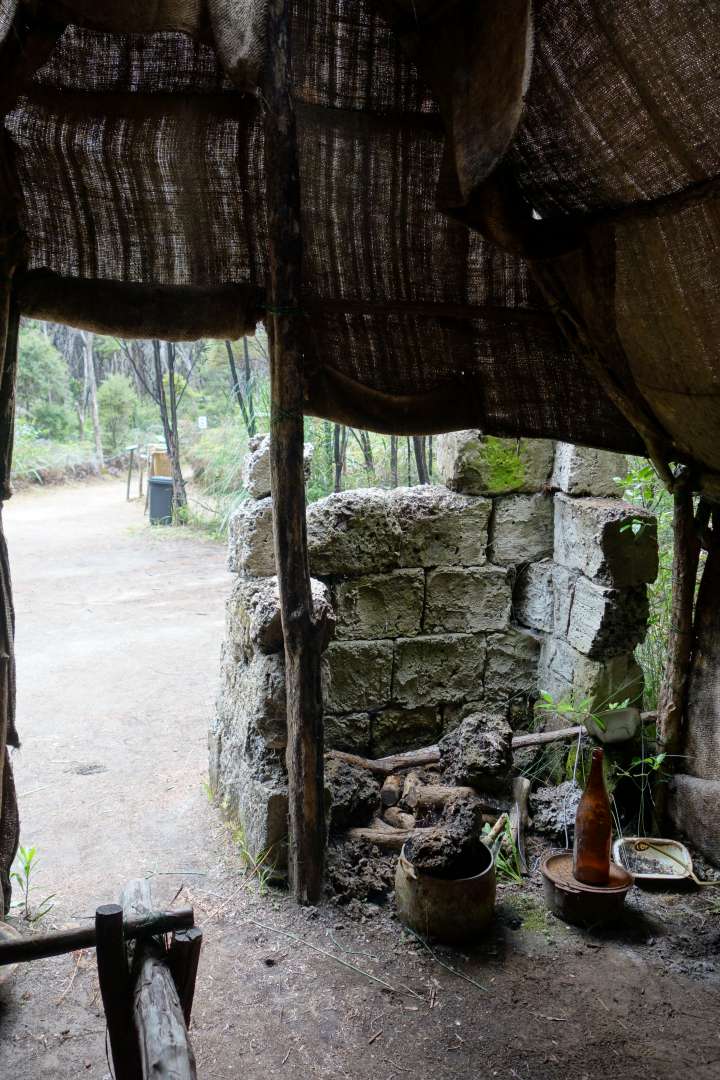

At an information station in the park there is also plenty of material about the former life of the gumdiggers. Interviews, photos, and items left behind create a vivid picture of that time:

Gumdiggers in front of their hut. Many of the diggers came from Europe and then sent money home.

Life was a bit tough so far away from civilization, if you had toothache, your colleagues would pull your teeth on the spot.

The holes the men dug always filled with water, which had to be pumped out constantly.
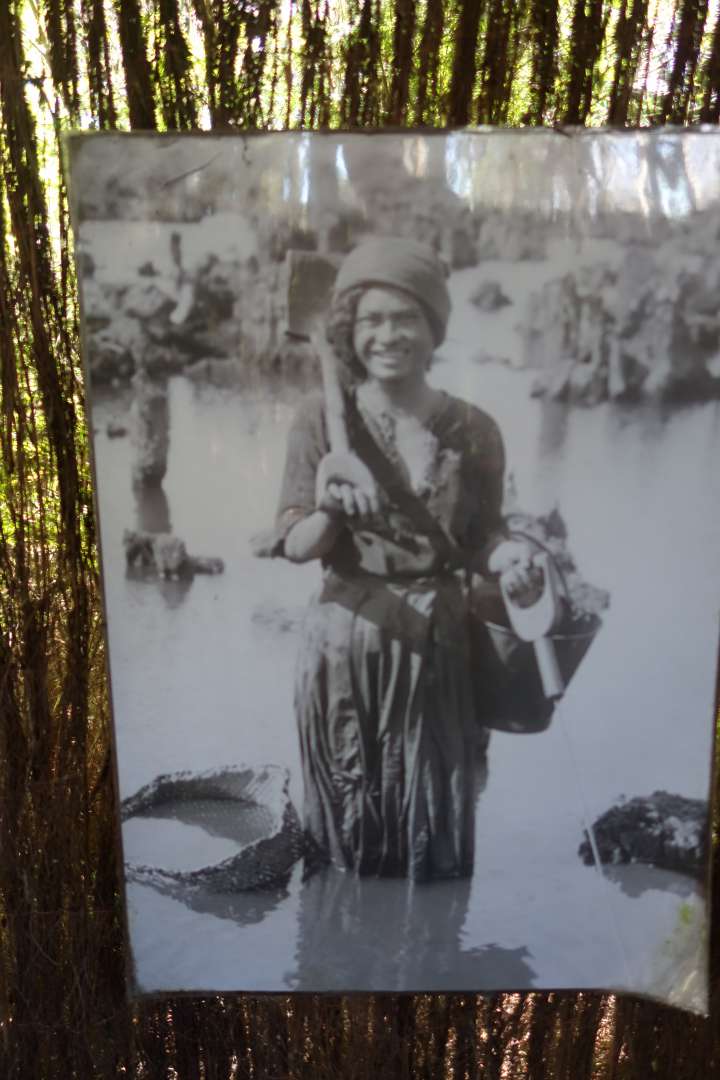
As I said, Maoris also lived from gumdigging (although they mostly worked alone and not in groups like the immigrants from Dalmatia). Some of the immigrant men apparently married one or another Maori woman.
Hygiene and washing clothes were addressed in such water holes:

Here there is still one of the largest conserved ancient Kauri logs in the swamp: The wood feels surprisingly dry and brittle.
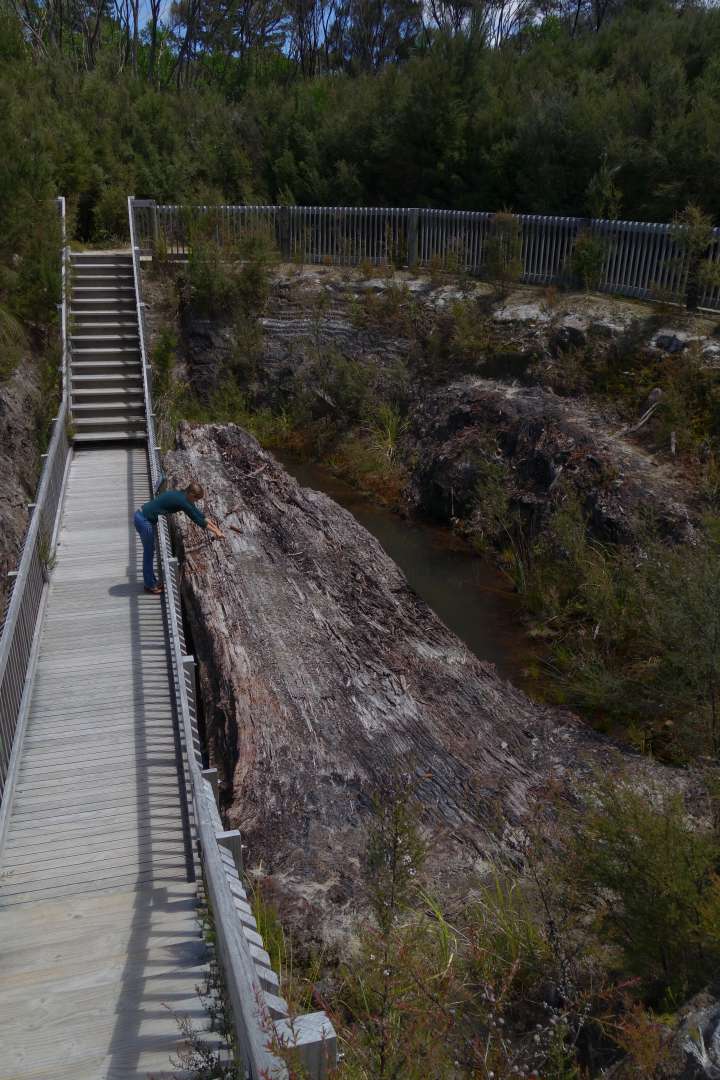
In addition, we saw interesting, very symmetrical variations of ferns...

... and mini baby Kauri trees:

:)
And why was Kauri gum so popular?
It was used as chewing gum, fire starter, torch, pigment for tattoos, glue for shipbuilding, varnish (protective coating), color, special varnish for violins, jewelry production...
Here is an excerpt from Wikipedia: 'As Kauri resin mixes more easily with linseed oil at low temperatures than other resins, 70% of the varnish made in England in the 1890s was made using Kauri resin.'
This is what one of the export products looked like - in this case wood varnish:

We definitely found it impressive to get such a good insight into the work and life of the immigrants back then.
Oh, and that is of course still important:
There are a few gecko species in New Zealand, which are well camouflaged and difficult to spot in the wild. In the Gumdigger Park, we were able to admire two Green Geckos in a terrarium:

:) Hihihihiiii

************* Giant Te Paki Dunes ***************
On the west coast of the narrow strip of land that extends to the northernmost point of New Zealand towards the ocean, you can see them from a distance: The giant dunes of Te Paki.


By the way, these wandering dunes are right at the '90-Mile Beach', which has nothing else to offer than a lot, a lot of sand.

The dunes are impressive - but what attracts so many tourists here is not the natural spectacle, but...

Sandboarding!!! :D
We had to try it out ourselves, of course!


Pretty fast, and pretty sandy! From above, the slope looks pretty steep, and most people need a moment to trust the board:

Very funny :) (And a good reason to take a proper shower afterwards).
After the sandy fun, we continued to the nearby North Cape. The dunes of the 90-Mile Beach were still visible in the distance:

******************** Cape Reinga **********************
Arrived! At Cape Reinga (technically the northWESTernmost tip of New Zealand), we take a small hiking trail that leads to a lighthouse at the end.



Quite a distance, the sea. Apparently there is a reef here under the surface (where you can see the white spots):



Up here near Cape Reinga, there were not many opportunities to stay overnight, and none of them were free. So on the same day we drove back south again, this time with the west coast as our destination.
But that, dear children, is another story :)
Warm greetings!!!
വാർത്താക്കുറിപ്പിലേക്ക് സബ്സ്ക്രൈബ് ചെയ്യുക
ഉത്തരം (2)
Hans-Wolfgang
Cool; Surfen für "Nichtschwimmer" ;-)
Interessant; habe ich von NZ mit dem Gumedigger noch nicht gewußt.
Weiter so interessante Sachen berichten.Elvira
so schöne Bilder- werde mir wohl eins als Wandtapete in meine neue Wohnung aussuchen und verwenden.
Ja, den Blick vom sicheren Auto/Mobil kenne ich, toll.....
യാത്രാ റിപ്പോർട്ടുകൾ ന്യൂസിലാന്റ്
